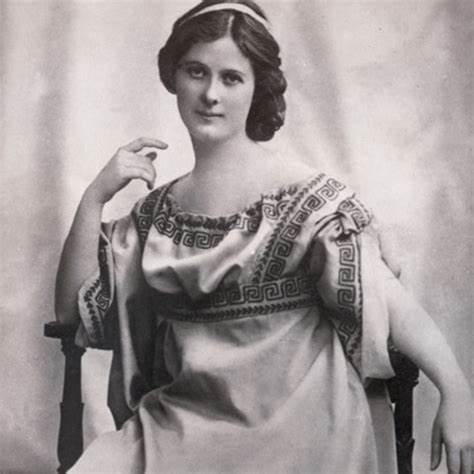

Empowering Minds, Celebrating Women
- …

Empowering Minds, Celebrating Women
- …

Isadora Duncan
May.26 1877 ~ Sep.14 1927

Isadora Duncan, widely hailed as the mother of modern dance, was a trendsetter in the realm of performing arts. Born on May 26, 1877, in San Francisco, she was raised in a single-parent and low-income family. Her mother, a music teacher, provided her with a robust musical education, nurturing her passion for dance from an early age.
Noticing the rigidity of classical ballet, Duncan aspired to establish a dance form grounded in natural rhythms and movements to interpret the works of musicians. At the age of 21, she relocated to England, studied ancient Greek art, and developed her distinctive style featuring long flowing dresses and bare feet, with movements resembling trees swaying or waves crashing.
Duncan held the belief that technique might tarnish the natural charm of the human body and that movement should stem from personal sentiments, with dance serving as a continuous manifestation of life. Her ground-breaking performances in London, where she appeared as a forest nymph in lightweight garments and barefoot, captivated audiences in Europe.Throughout her career, Duncan was renowned for her innovative and free-spirited dance methodology, in contrast to the traditional ballet that dominated the Western dance landscape. She opened dance schools in Germany, Russia, and the United States, disseminating her ideas and exerting an influence on the global development of dance. Duncan's dance was not merely an art form but also a reflection of progressive notions in the early 20th century, including modern concepts and women's liberation.
Tragically, Duncan passed away in a car accident on September 14, 1927, in Nice, France, when her long scarf got entangled in the car wheel. Despite her untimely demise, her pioneering role and contributions in dance are still commemorated and recalled. Her dance and spirit endure, influencing successive generations of dancers and artists, making her a venerated figure in the history of dance.
WOMEN IN HUMANITIES
